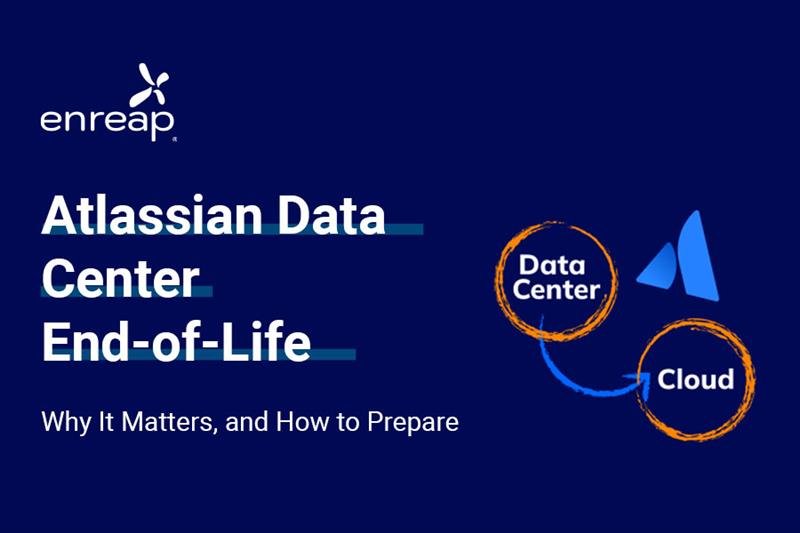With software projects becoming increasingly complex, DevOps teams across the world are looking for ways to simplify the software delivery process, reduce costs, and improve software quality.
Choosing the right methodologies, tools, and frameworks, has always been a challenge, and that’s where specialized consulting can help. By putting together a roadmap, it enables delivery teams to make the right investment decisions, and reduce the complexity of software delivery, while driving the best outcomes.
1. The DevOps Maturity Framework
Today’s organizations are at various levels of DevOps maturity:
- Some have broken processes, siloed tools, and absolutely no automation
- Some have defined processes for ALM/DevOps, but the tools are still siloed with little or no automation
- Some have defined DevOps processes, integrated tools across ALM, and automation is aligned to CD needs
- Some have their processes managed and controlled using metrics, with DevOps constraints continuously monitored and an automated stream of software releases
- Some constantly focus on process improvement and drive efforts towards enhancing communication, collaboration, and integratio
Irrespective of where teams are in the DevOps maturity, they are constantly trying to do a lot of things simultaneously:
- They are trying to get the most of their DevOps initiatives
- They are trying to reduce the time from concept to delivery
- They are trying to get visibility into the development lifecycle
- They are trying to embrace modern technologies to accelerate time-to-market
- They are trying to reduce the number and impact of bugs and issues
- They are trying to improve operational delivery excellence
However, due to the different perspectives and objectives of every resource, teams fail to achieve any of this. Therefore, they adopt methodologies that can help drive efficiency.
2. What is quantitative discovery, and why you need it?
DevOps discovery allows development teams to begin their software development journey on the right note.
Quantitative discovery, along with qualitative discovery, help companies assess their current state of the delivery process, quantify the objectives, and plan a roadmap. This helps teams to break down the complexity of the software delivery process, enables them to plan their investments, and achieve maximum ROI.
Quantitative discovery brings all development stakeholders together so that the key insights into differing perspectives and objectives can be achieved. It helps set the stage for mutual empathy while enabling everyone involved to align themselves with the shared objectives.
3. Critical Steps in Quantitative Discovery
The discovery process is critical as it provides everyone involved a snapshot of where they are today, what challenges they are facing, the capabilities against which they will be benchmarked, and the road ahead.
Listed below are the critical steps in quantitative discovery:
- As-is discovery: The discovery process begins with an as-is discovery where a set of benchmark surveys are carried out. Interviews are conducted with identified stakeholders, and a set of quantitative and qualitative questions across teams, processes, and practices are developed. All the data is then collected using an integrated, web-based tool. The as-is report is an integral part of the discovery process as it highlights the key challenges teams are facing and identifies the areas of improvement.
- Iterations: In the iteration phase, several discussions with key client stakeholders are carried out. The information collected in the discovery phase is shared with them and validated. If there are any changes suggested by them, the as-is discovery report is modified to incorporate the changes.
- To-be assessment: The to-be assessment phase involves the alignment of target scores with the aspirations of the stakeholders. The score is evaluated based on two parameters – best in class practices, and function-specific aspiration.
- Gap analysis and scorecard: In this phase, the specialized consulting partner carries out a gap analysis, and presents a scorecard of the results.
- Roadmap: The roadmap phase, covers the the way forward: a set of quantitative and qualitative recommendations – for the short term, medium-term, and long-term – are furnished. Along with the roadmap, a list of opportunities for process improvement is also enlisted.
There are several aspects on which quantitative discovery can be benchmarked
- Continuous Development score
- Continuous Integration score
- Continuous Testing score
- Continuous Support score
- Continuous Improvement score
- Overall BizDevOps score
4. How to make it successful
Given how important quantitative discovery is, it becomes critical for organizations to drive efforts in making it successful.
Here are some ways in which you can ensure the success of your discovery efforts:
- Rope in a specialized consulting partner who can help you evaluate your existing processes, identify challenges, and propose solutions and opportunities going forward. While your existing teams can do it themselves as well. However, an external expert can maintain objectivity and expertise to the whole exercise.
- Have a clear understanding of the goals you are looking to achieve with your DevOps/ALM initiatives, and make continuous development, continuous integration, continuous testing, continuous delivery, and continuous deployment a mantra.
- Make sure all your stakeholders are always on the same page and are working towards meeting the same shared goals.
- When your key pain areas are identified, work with your partner to analyze the scores, and plan for improving your processes against the specified benchmarks.
- When a roadmap is suggested, ensure resources across all teams understand the way forward and drive efforts towards achieving success.
5. Keep development risks and costs down
In the software development world, everyone knows that development involves coding and testing, but not many know what tools, frameworks, methodologies, and processes to use. With DevOps evolving with time, that’s where the job of a specialized consulting partner begins. Not only can a partner help teams in assessing their current processes, but a partner can also allow them reach the pinnacle of DevOps maturity. By carrying out comprehensive as-discovery, iterations, to-be assessments, gap analysis, and furnishing a roadmap, software delivery teams can make the most of quantitative discovery, and ensure delivery risks and costs are kept to a minimum.




